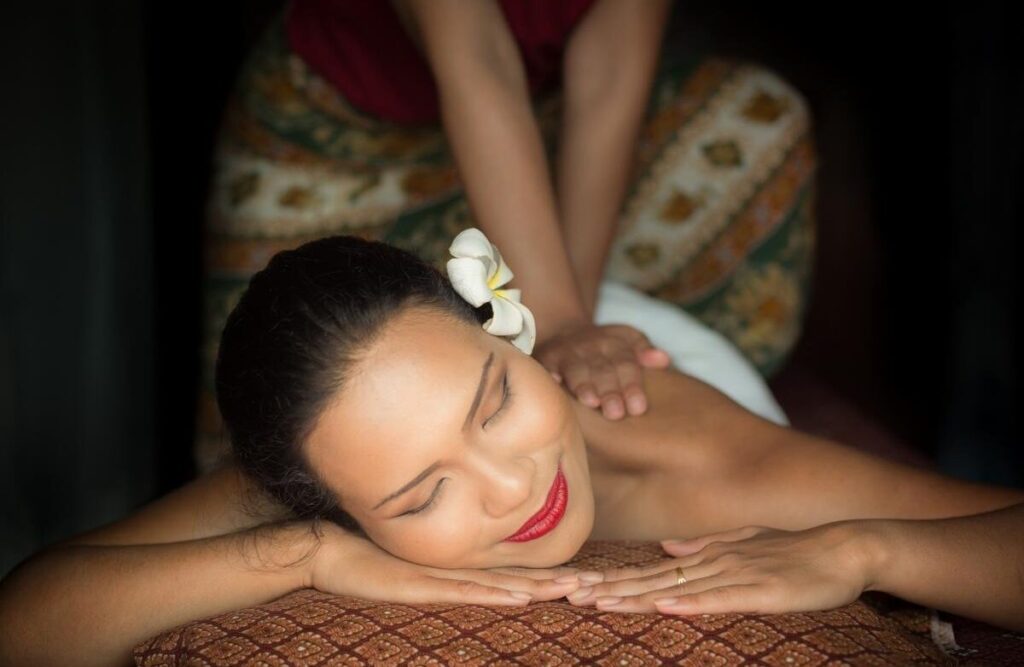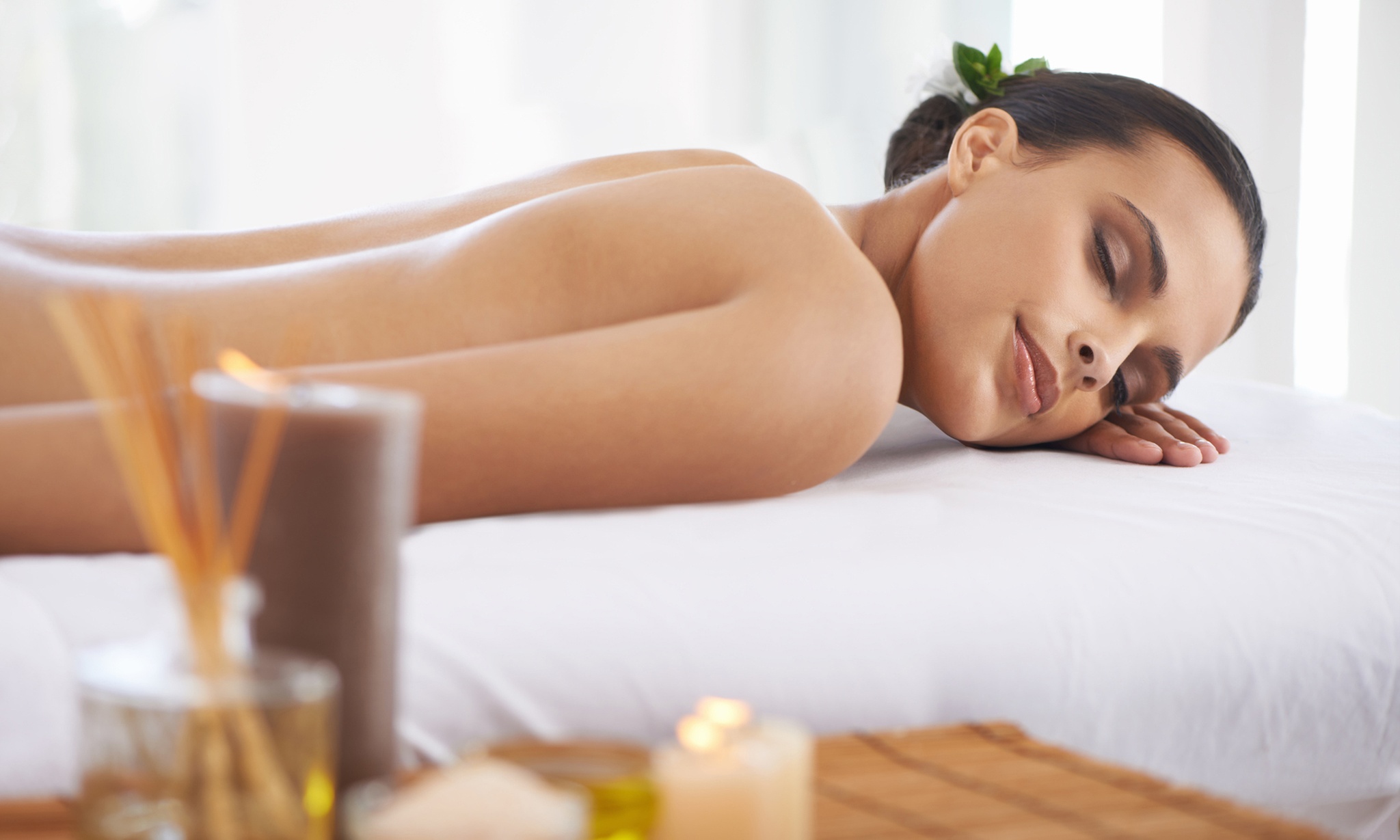Malaysia is a country known for its vibrant mix of cultures, and this diversity extends into the wellness industry, particularly in the realm of massage therapy. From ancient Malay healing traditions to Indian Ayurvedic practices and Chinese acupressure techniques, massages in Malaysia offer a wide variety of experiences for locals and visitors alike. These treatments are not only sought for relaxation but are also deeply rooted in wellness and traditional medicine. Whether you’re visiting a small massage shop in a local neighborhood or booking a luxury treatment at a five-star resort, the experience in Malaysia is often a reflection of centuries-old knowledge passed down through generations. What sets massages in Malaysia apart is the authentic combination of cultural heritage and modern spa innovation. With wellness tourism on the rise, Malaysia has quickly become a go-to destination for those seeking a balance of relaxation, rejuvenation, and holistic health.
Traditional Malay massage, known locally as “urut,” is one of the most popular and culturally significant massage practices in Malaysia. This technique focuses on improving blood circulation, relieving muscle tension, and restoring energy balance throughout the body. Urut often involves the use of natural herbal oils made from lemongrass, ginger, or other healing herbs that are believed to warm the body and detoxify it through the skin. Practitioners apply firm pressure and long strokes along the muscles and joints to promote healing and physical relief. Many believe this massage helps in relieving joint stiffness, fatigue, and even minor ailments like headaches or menstrual pain. Often performed in traditional village settings or specialized wellness centers, this massage offers a deeply local and spiritual experience. For many Malaysians, especially in rural areas, urut is not just a luxury but a necessary part of their overall healthcare routine.
Another commonly practiced massage therapy in Malaysia is Chinese acupressure massage, which is based on the ancient principles of Traditional Chinese Medicine (TCM). This technique uses finger pressure along specific energy pathways or meridians in the body to relieve blockages and stimulate the flow of Qi, the body’s life force. Chinese massage often incorporates techniques like tui na, gua sha, or cupping to complement the treatment and address deeper health issues. Many believe that acupressure can help manage chronic pain, improve digestion, reduce stress, and enhance sleep. In Malaysia, you’ll find these types of massage services particularly in Chinese-majority communities, especially in cities like Kuala Lumpur, Penang, and Ipoh. The affordability and availability of these treatments have made them a go-to solution for people seeking non-invasive, drug-free alternatives to modern medicine. While it may feel intense or unfamiliar at first, regular sessions often lead to noticeable physical improvements.
Ayurvedic massage, deeply rooted in Indian wellness traditions, is another form of therapy widely offered in Malaysia, especially in areas with a significant Indian population. These massages involve the use of warm herbal oils and rhythmic strokes designed to balance the body’s energy, or “doshas,” in Ayurvedic philosophy. Treatments often include a head-to-toe approach, sometimes paired with additional services like steam therapy or herbal compresses. Ayurvedic massage aims not just to relax the muscles but also to detoxify the body, enhance immunity, and calm the mind. Wellness centers offering these treatments often combine them with dietary advice, meditation, and yoga to create a holistic healing experience. Some luxury resorts in Malaysia even offer full Ayurvedic wellness retreats that attract international guests. The gentle, nurturing style of Ayurvedic massage makes it ideal for those looking to de-stress while promoting long-term physical and mental balance.

Beyond traditional techniques, Malaysia has embraced modern b2b puchong massage therapies, often blending them with cultural elements to create a unique spa experience. Swedish massage, deep tissue therapy, aromatherapy, and hot stone massages are readily available in most urban wellness centers and hotel spas. These services cater to both locals and tourists who may be more familiar with Western styles of massage. The Malaysian spa industry has invested heavily in creating serene, high-end environments that offer a luxurious escape from daily stress. Many of these spas are located in scenic areas such as Langkawi, the Cameron Highlands, or beach resorts in Sabah and Sarawak, making the experience even more indulgent. For those in cities, urban day spas offer equally satisfying experiences, providing a quick yet effective way to relax after a long day. These modern therapies are often complemented by traditional add-ons, providing the best of both worlds.
In recent years, the massage industry in Malaysia has seen a significant boost, driven by the increasing popularity of wellness tourism and a growing awareness of self-care. More Malaysians are incorporating regular massage treatments into their lifestyle for not just relaxation, but also for physical therapy and emotional well-being. Government support and private investment have further fueled the growth of wellness centers, many of which are now internationally accredited. As the industry evolves, there is a strong focus on training and certifying practitioners to maintain high standards of hygiene, professionalism, and skill. This commitment to quality has made Malaysia an attractive destination for both casual visitors and serious wellness seekers. Whether you’re looking for traditional healing, modern luxury, or something in between, Malaysia’s massage landscape has something to offer for everyone. The country’s rich cultural heritage combined with its modern wellness infrastructure ensures that massage therapy remains a vital and rewarding part of Malaysian life.
